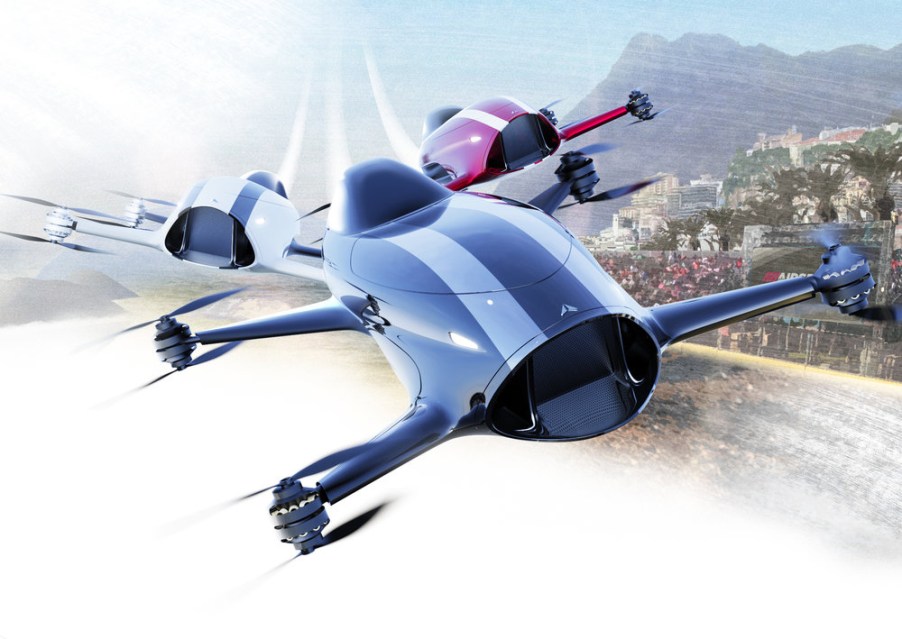
Airspeeder Flying Cars Complete 250th Test Flight: It’s Coming!
First off, the Airspeeder flying cars are more than just that, they’re flying electric race cars with a series being planned around them. Last May, we told you about testing that was set to begin. A lot has happened since then, including the Airspeeder’s 250th test flight. Racing cars and racing airplanes have been a thing forever-but not combined, until now.
What is the next phase for the Airpseeder flying cars?

Alauda Aeronautics is set to dive into the second phase of the Airspeeder’s electric flying car development with this 250th flight test milestone. The Australian company is moving forward with its plans for actual racing. This involves several disparate entities that will come together.
Alauda has just partnered with Telstra Purple, combined with Amazon Web Services. The companies make it possible to use 5G connectivity for their races. With this increased bandwidth, the Airpseeders can communicate with their support crews, and race officials, and also broadcast real-time race action. Uncrewed racing will happen first. As the racing develops, Alauda will also experiment with crews being part of the racing color.
What type of electric flying cars are Airspeeders?

The Airspeeders are essentially eVTOL aircraft. So they can take off and land vertically. Production versions will be based on the fourth version of the Airspeeder, the Mk4. These will be low-altitude craft since they are electric flying race cars.
“The Airspeeder design is based on the 1960s British Formula One race cars,” the company says. “Alauda is pioneering the future of racing motorsport with the Airspeeder, whose main goal is to accelerate the development of electric flying aircraft by placing them in a competitive environment. The first ever coupé of the sky.”
How fast will these race cars go?

Racing speeds will be over 80 mph, with short bursts of up to 155 mph. They will have enough energy to race for 10 minutes between charges. Takeoff weight will be 550 lbs. Eight propellers spun by electric motors propel the Airspeeder. Obstacles and pit stops will ultimately be part of the events. In anticipation of there being pit stops, replacing batteries can happen rapidly.
Two racing events have already been approved by local authorities. One is for the Mojave Desert outside of Los Angeles. It is also the home to early land speed racing before and after WWII. The other is a desert in Coober Pedy, South Australia. The plan is for three races in the first season.
From there, the races will expand, with the hope of global locations and viewers. If we sound geeked up about this, we are. The racers look incredible. And the idea of them competing alongside each other is breathtaking. It’s a compelling, death-defying competition, which sounds like the descriptions of early motorsports racing in the early 1900s. It’s coming!



